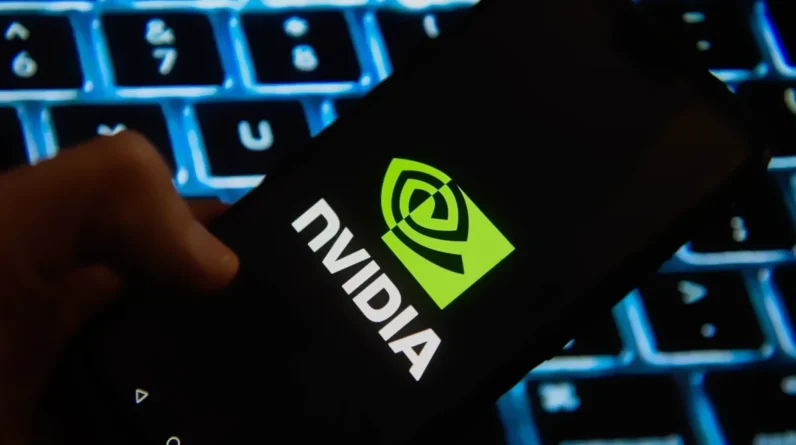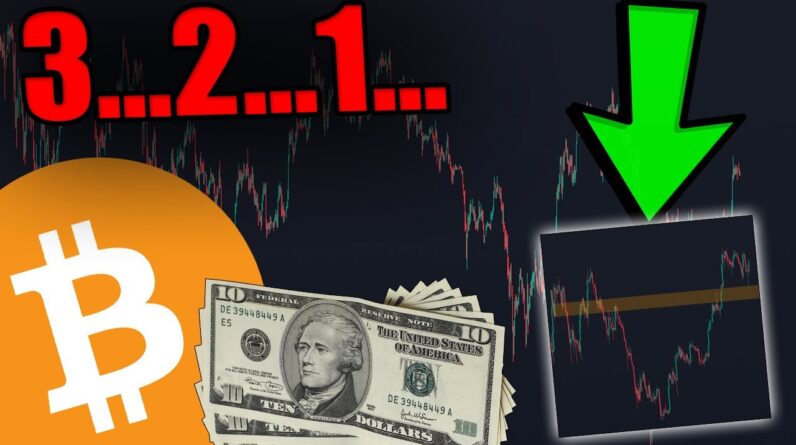
One of the most anticipated events in the stock market has finally occurred. On June 7, Nvidia (NASDAQ: NVDA), a leading player in the artificial intelligence (AI) industry, completed its 10-for-1 stock split. This event has garnered significant attention from investors and the financial media alike.
Understanding stock splits
A stock split is a corporate action that adjusts the number of a company’s outstanding shares by splitting each share into multiple ones, without altering the company’s overall market capitalization or financial health. A forward stock split, like Nvidia’s recent 10-for-1 split, increases the number of shares, making them more affordable for retail investors. Conversely, a reverse stock split reduces the number of shares to increase the share price, often to maintain stock exchange listing requirements.
The attraction of stock splits
Stock splits have historically attracted investors. Over the past few years, many high-performing companies have announced or executed forward stock splits, including Nvidia. The excitement around these events is often due to the perceived affordability of shares and the psychological impact on investor sentiment. However, while stock splits can make shares more accessible, they do not inherently increase the intrinsic value of the company.
Nvidia’s meteoric rise
Nvidia has emerged as an exceptional stock market performer, with its market capitalization exceeding $3 trillion in early June. This milestone propelled it to surpass Apple and secure the position of the second-largest publicly traded company in the United States. The company’s remarkable growth, driven by advancements in AI technology, has contributed around $2.68 trillion in market value since the start of 2023.
The AI revolution and Nvidia’s dominance
Nvidia’s graphics processing units (GPUs) are integral to high-compute data centers, powering generative AI solutions and training large language models. Estimates suggest that Nvidia holds about 90% of the AI-GPU market share. The company’s innovative H100 GPU is particularly noteworthy, with high demand pushing its price between $30,000 and $40,000, and sales reportedly booked well into 2025.
This demand surge has significantly boosted its’s financial performance. In the fiscal first quarter of 2025, the company reported a gross margin of 78.35%. Despite a 738% increase in stock value over 17 months, Nvidia still appears attractive on a fundamental basis, trading at roughly 34 times forward earnings, with Wall Street projecting an annualized earnings growth rate of 46.5% over the next five years.
The hidden risks behind the hype
Despite the apparent attractiveness of Nvidia’s stock, several cautionary factors suggest that investors should approach with caution. Historical patterns of market behavior and emerging industry dynamics present a more complex picture.
Historical context: the next-big-thing syndrome
The history of technological innovation on Wall Street is marked by cycles of intense enthusiasm followed by inevitable corrections. The internet, genome decoding, nanotechnology, business-to-business commerce, 3D printing, blockchain, and the metaverse all experienced early-stage hype that led to significant bubble-bursting events. AI, despite its transformative potential, is unlikely to be an exception to this pattern.
Investors have a tendency to overestimate the speed and scale of technology adoption. While AI promises significant advancements, it still requires time to mature. If the AI bubble bursts, Nvidia, as a market leader, could face substantial setbacks.
Early warning signs
The company recent financial results and forecasts hint at potential challenges ahead. While the fiscal first-quarter results were overwhelmingly positive, the company’s guidance for a slight decline in gross margins for the fiscal second quarter raises concerns. Nvidia projects a gross margin of 75.5%, plus or minus 50 basis points, down from the previous 78.35%. This forecasted decline, though seemingly minor, could indicate the beginning of a trend where Nvidia’s pricing power diminishes as competitors introduce their own AI-GPUs.
Competition and market dynamics
Nvidia’s dominance in the AI-GPU market is being challenged by emerging competitors. The company’s top four customers, accounting for about 40% of its sales, are developing their own AI-GPUs for internal use. As competition intensifies and supply constraints ease, Nvidia’s ability to command premium prices may weaken, impacting its profitability.
Valuation concerns
Nvidia’s current valuation also warrants caution. While the price-to-earnings-growth (PEG) ratio suggests it’s relatively inexpensive, the price-to-sales ratio tells a different story. Nvidia’s valuation, based on trailing 12-month sales, is at levels comparable to those seen before the dot-com bubble burst. In late March 2000, Cisco Systems peaked at nearly 39 times trailing sales, and Amazon reached 43 times trailing sales in January 1999 before significant declines. Nvidia is currently trading at a multiple of 38 times trailing sales, raising concerns about potential overvaluation.
Lessons from history
Historical market trends often serve as valuable lessons for investors. While exact patterns may not repeat, they often rhyme. The extreme valuations and subsequent corrections seen in past technological booms highlight the risks of investing at peak hype. Nvidia’s current position, while fundamentally strong, may be susceptible to similar dynamics.
The future of AI and Nvidia
The future of AI remains promising, and Nvidia is well-positioned to benefit from ongoing advancements. However, the path forward is unlikely to be smooth. The maturation of AI technology, competitive pressures, and market dynamics will shape Nvidia’s trajectory.
Strategic considerations for investors
For investors, a balanced approach is essential. While Nvidia’s growth potential is significant, it’s important to remain mindful of the risks. Diversification, a long-term investment horizon, and a keen awareness of market conditions can help mitigate potential downsides.
Proceed with caution
Nvidia’s 10-for-1 stock split and its dominance in the AI-GPU market have attracted considerable attention and investment. The company’s impressive financial performance and innovative technology position it as a leader in the AI revolution. However, historical patterns, emerging competition, and valuation concerns suggest that caution is warranted.
Investors should consider the broader market context and the inherent risks associated with technological innovation. While Nvidia’s potential is undeniable, a measured and informed approach will be key to navigating the complexities of investing in this AI titan. As with any investment, understanding the nuances and being prepared for volatility will be crucial in making sound financial decisions.
Read also: Chatbots and fake news: friends or foes in the spread of information?


![THESE BITCOIN WHALES JUST FOOLED EVERYONE! [Exact strategy....]](https://www.cryptocurrents.net/wp-content/uploads/2024/08/these-bitcoin-whales-just-fooled-everyone-exact-strategy-WhgubJxMmeA-796x445.jpg)

![WARNING: EVERY BITCOIN BEAR WILL BE LEFT CRYING [Huge chart.....]](https://www.cryptocurrents.net/wp-content/uploads/2024/08/warning-every-bitcoin-bear-will-be-left-crying-huge-chart-jgadWvvgEJw-796x445.jpg)

